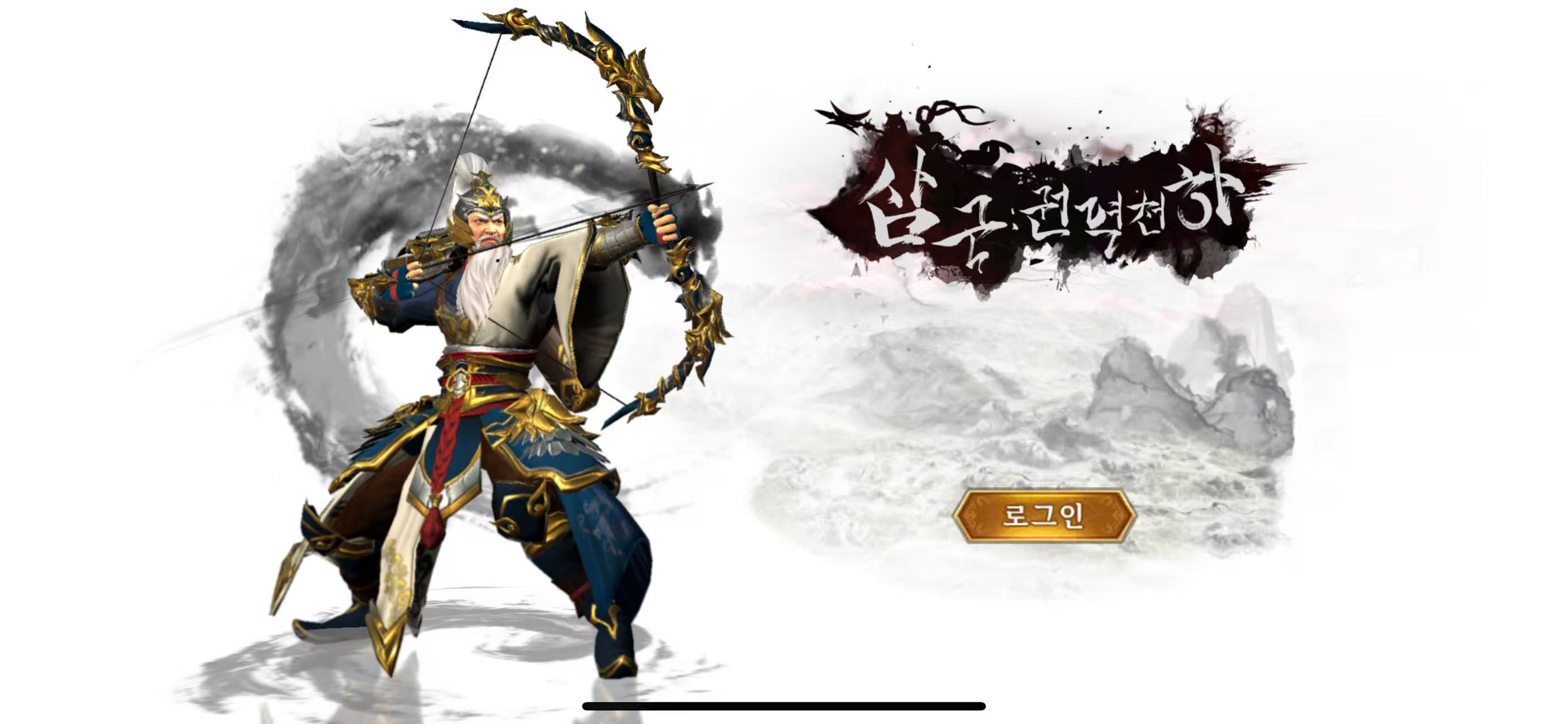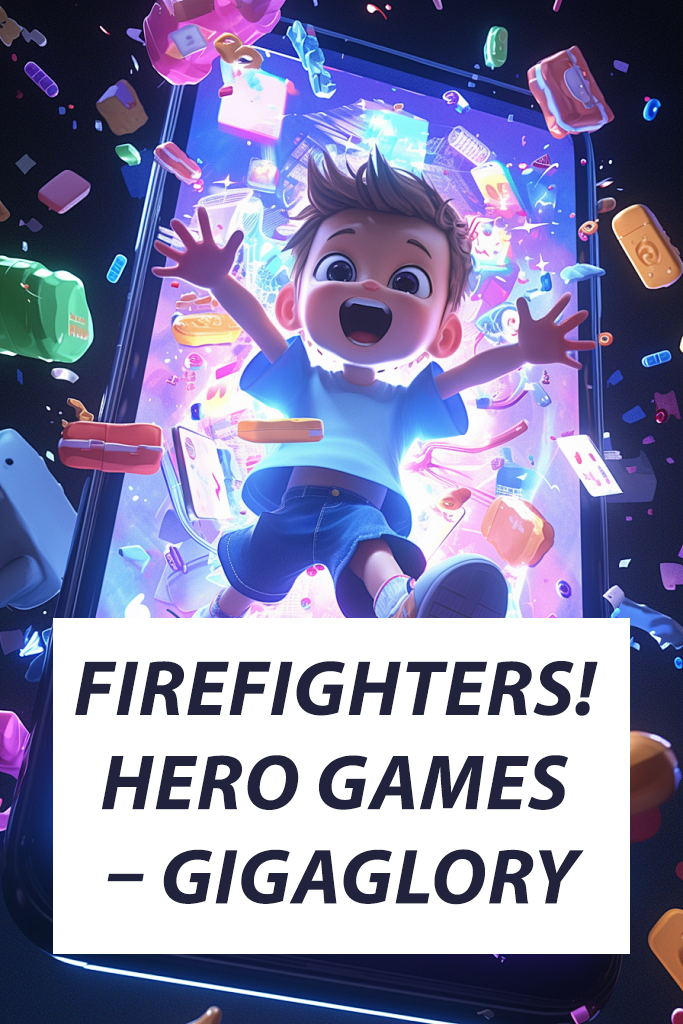The Quiet Storm of Creative Games
In the quiet corners of our pockets, where notifications hum like distant thunder, a new kind of play is unfolding. No epic quests. No complex controls. Just creative games — soft, absurd, oddly soothing — rising from the noise like dandelion fluff in a breeze. They don’t announce themselves with booming soundtracks. Instead, they whisper through simplicity: a swipe, a tap, a bubble pop. Welcome to the era of hyper casual games, where less is more and the mind wanders freer.
Beneath the polished sheen of AAA mobile titles lies an underground tide — raw, playful, and human. These games aren't built for fame or trophies. They exist for the three-minute escape during a bus ride, the idle scroll before sleep, the ASMR-like rhythm of biting into a pixelated watermelon in an asmr eating game free online. It’s not about victory. It’s about feeling present.
Whispers in Code: The Beauty of Simplicity
There’s poetry in a ball bouncing down a helix. A melancholy in a jelly character squishing into a jar. These moments — fleeting, silent, yet vivid — are the soul of hyper casual design. The best ones don’t feel designed at all. They feel discovered, like seashells on sand.
- Minimalist mechanics, maximum joy
- Infinite loops that calm the mind
- No levels, just flow
- Voiceless narratives through motion
- Soothing audio like crumpling paper or crunchy bites
They don’t demand your attention — they seduce it. Like watching rain fall or flipping pages in a book you’ll never read. These are meditative playgrounds disguised as apps. And oddly, that’s why they rule the charts.
Feeding the Hunger: When Eating Becomes an Escape
Somewhere between TikTok trends and midnight cravings, the asmr eating game free online emerged — a genre so niche, so strangely fulfilling, it defies logic. Imagine guiding a spoon through a lake of chocolate, hearing every squelch in high-definition audio. No points. No timer. Just slow, deliberate chewing. Sounds bizarre? Try it. You’ll feel… lighter.
This isn’t hunger for food. It’s hunger for slowness. For touch without consequence. For sensory input without chaos. These games cater to a generation starved for texture in a pixel-saturated world. In Ecuador, teens play them before bed. Office workers open them during lunch. It’s comfort food — in code form.
| Game Type | Emotional Effect | Playtime Average |
|---|---|---|
| Color-sorting puzzles | Calm, focused | 4.2 mins/session |
| Balloon popping loops | Joy, mild euphoria | 2.7 mins/session |
| ASMR eating sim | Comfort, nostalgia | 6.1 mins/session |
| Dress-up doodlers | Creative flow | 3.9 mins/session |
A War Not Fought: The Case of "Last War"
Amid this gentle tide, a beast roared: Last War. Clad in military skins and leaderboards, it promised dominance. Conquer bases. Crush rivals. Rise in rank. It looked familiar — too familiar. Critics praised its visuals, but players? They hesitated. The mechanics were thick. The energy, exhausting.
In the end, a telling truth surfaced in player reviews:
"After three days of war, I opened my ‘Eating Cake Simulator’ and never looked back."
That’s the irony. In the age of hyper casual games, victory doesn’t wear a helmet. It wears a spoon.
Key Insights:
- Players seek relief, not conquest
- ASMR-style gameplay builds deeper attachment
- Minimal games thrive on emotional return
- Creative games succeed by ignoring norms
- "Fun" is being quietly redefined
Afterglow: What Remains When the Screen Fades
The screen goes dark. You put the phone down. But something lingers — a faint taste of sugar, perhaps. A soft echo of crunch. Or the quiet pride of perfectly stacking three donuts in an online eating game.
Yes, empires like Last War game review data still draw attention. But they’re outliers in a landscape that now favors stillness. In a world screaming for engagement, hyper casual titles whisper back with kindness.
In Quito, kids pass a single phone around during recess, giggling over a jelly cat wobbling on a trampoline. In Guayaquil, a nurse unwinds after shift with an audio-tactile salad builder. The games are different. The need — release — is the same.
And isn’t that what play was always meant to be? Not war. Not competition. Just breath. Just joy. A moment where your mind stops chasing, and starts floating.
Conclusion: Creative games aren’t taking over because they’re loud. They win because they're gentle. In a fractured digital world, they offer coherence without command. As hyper casual games rise, they carry with them a quiet manifesto: play should feel like home. No downloads, patches, or grind required — just you, the tap, and the peace it brings.



